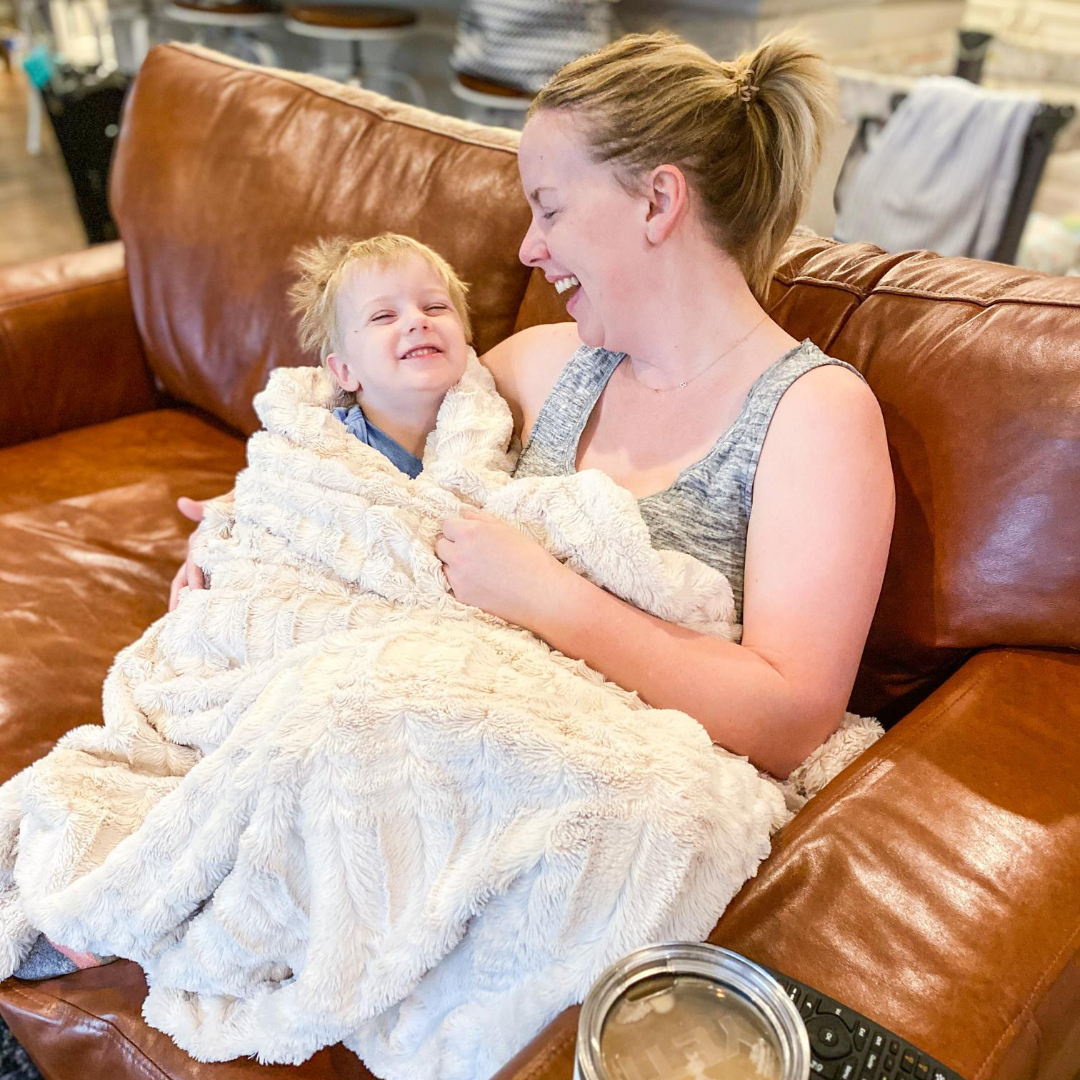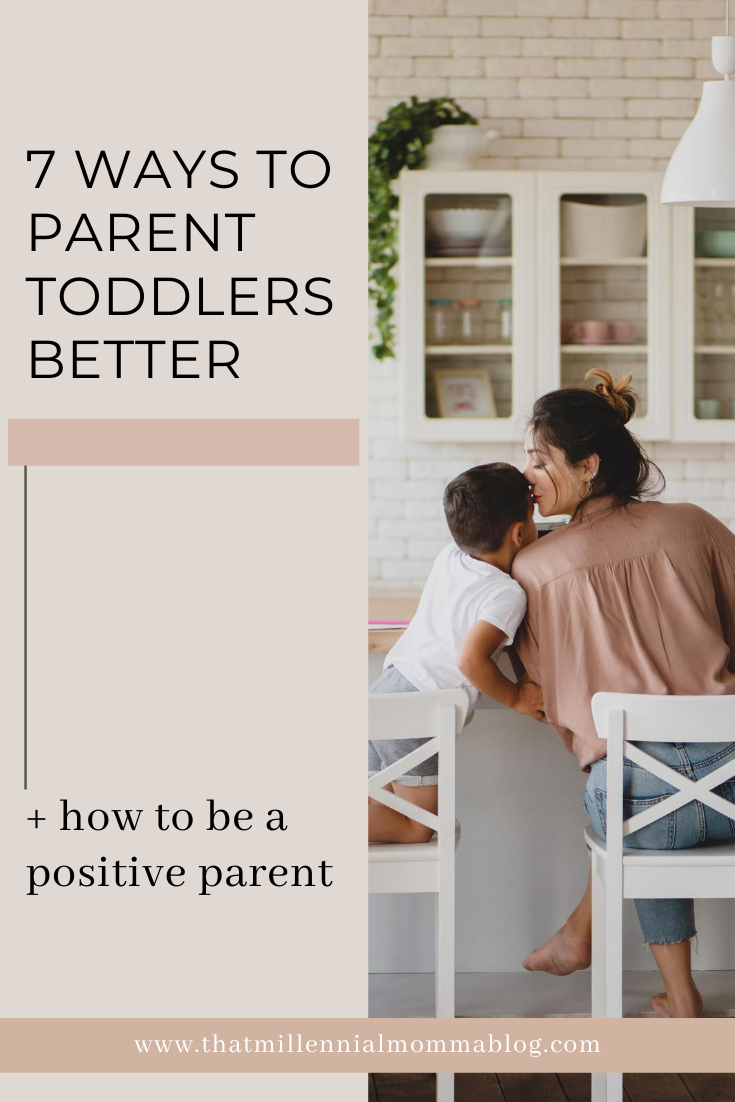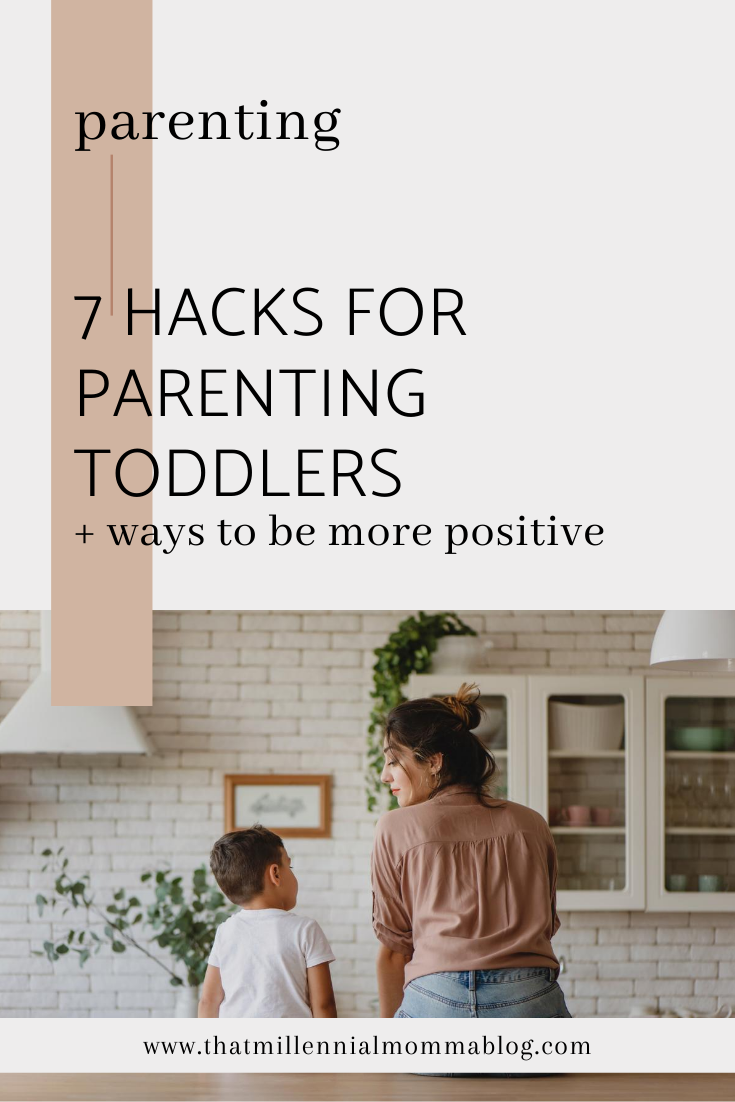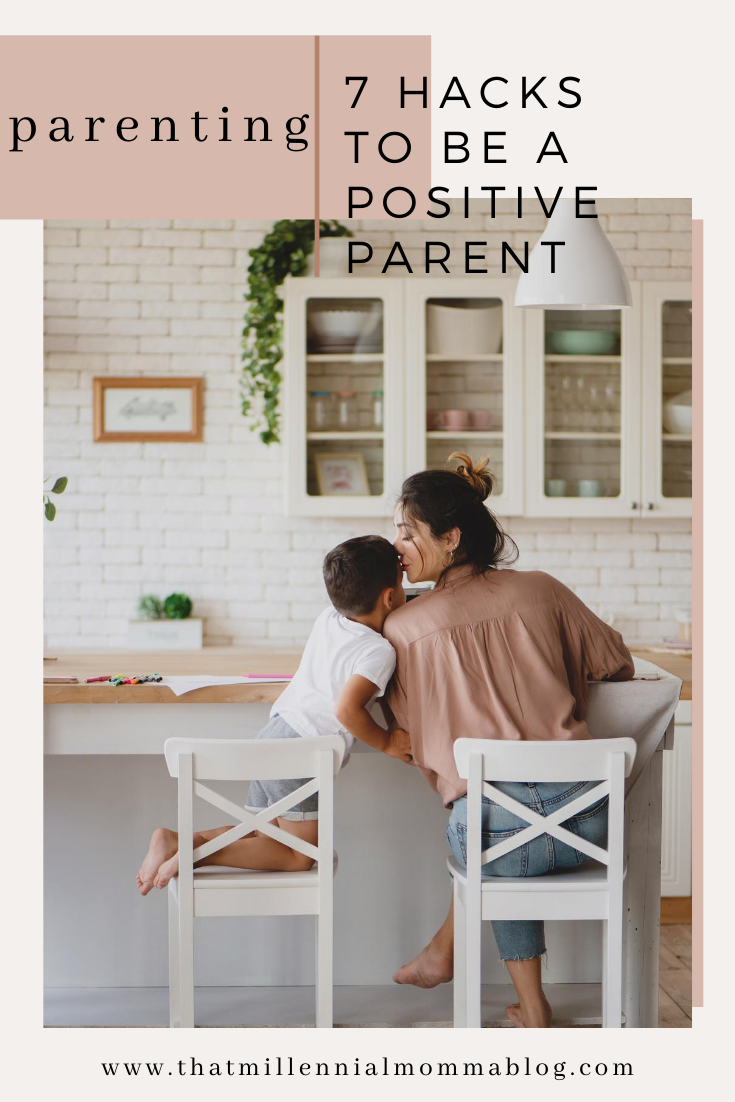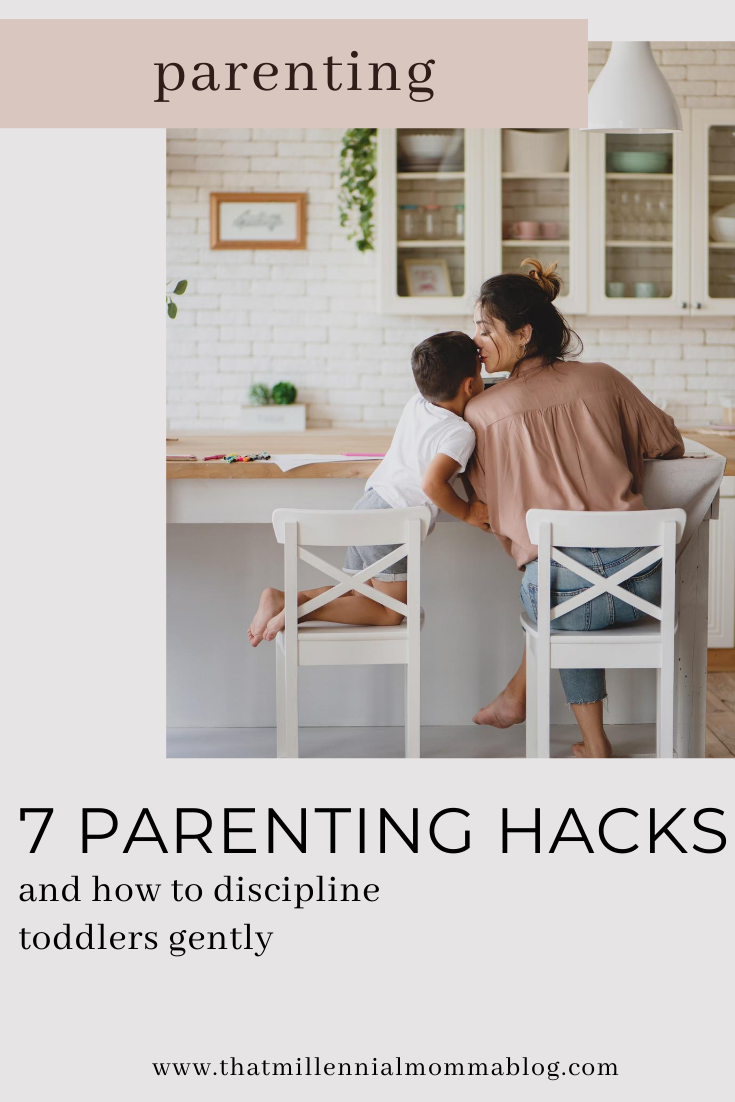7 Parenting Hacks from The Danish Way of Parenting
/I have had The Danish Way of Parenting : What the Happiest People in the World Know About Raising Confident, Capable Kids on my bedside table for far too long.
I tried to read it when my oldest was just barely two, and it was still a little unrealistic. Now that my oldest is 4 and his brother is 2.5 and following right behind him both in actual footsteps and behavior, it is VERY applicable to our life.
The book is broken into 7 sections with one section dedicated to assessing your current parenting style and the other 6 being themes using PARENT as an acronym. Those 6 sections are:
Play
Authenticity
Reframing
Empathy
No Ultimatums
Togetherness
This book proved particularly relevant to me reading it as an American is 2020. I feel like all the “bad” parts about being an American are amplified 100% by the current political climate and divisiveness in our country. Seeing name calling, low blows, and tantrums constantly in the news juxtaposed with reading this book at night made it clear to me that I needed to implement the strategies within.
Here are my major parenting hacks from this book and simple action items that can be implemented even with the smallest kids:
Examine your default settings
“Our default settings are the actions and reactions we have when we are too tired to choose a better way.” As someone who is dealing with generalized anxiety that is amplified during this pandemic, I had found myself snapping at my kids more than I like. I truly hate this, and acknowledge that I need to work on it.
Default settings can also be a product of your own upbringing too. This book challenged me to look at my parenting compared to my parents’. In that way you can understand how your child might be feeling, because you likely felt something similar 30 years earlier as the child in the scenario.
ACTION ITEM: MAKE A LIST OF THE BEHAVIORS THAT YOU LIKE AND DISLIKE ABOUT PARENTING AT YOUR WORST AND WORK ON THEM AT YOUR BEST.
Free play can make your child less anxious
In America, mothers often feel guilty when we aren’t creating exciting games for scratch to play with our kids while fresh chocolate chip cookies bake in the oven and we handle a conference call all at once. It seems that the Danish value free play far more.
They view free play as a way to build a child’s confidence. By allowing children to play freely alone or with others, they are learning coping skills - how to handle a situation without Mom jumping in to rescue. Understanding that they can manage situations solo enhances an internal locus of control. This means that they will feel that they have more control over what happens to them (vs. an external locus of control which is when external factors have more control over your situation than you do). A child who believes that they are in control of their life is less likely to feel anxious because they determine what happens.
ACTION ITEM: Cool it with the mom guilt, and let the kids play!
Compliment to develop a growth-mindset
Danish parents compliment the work and effort that went into accomplishing a task rather than the actual end product. Instead of raving about how smart their child is when they ace a test, they are likely to encourage the focus that the child showcased to earn top marks.
Encouraging the work creates a growth mindset for the child, meaning that “they can develop their skills because they are working very hard.” Whereas a child with a fixed-mindset would think that intelligence is something that they either have or do not.
ACTION ITEM: Embrace the frustration that comes with hard work. When you child masters a new task, compliment their perseverance. When your child finishes an art project, praise their creativity.
Separate the actions from the person
My son went through a rough patch of stranger danger as a little guy. He would hide from everyone, and I would often tell others that he was shy to make them feel more comfortable. I was labeling my child shy when in reality he was just going through a phase. By writing that narrative for him and repeating it, I was equalizing my son to his actions. When in reality, he is so much more than shy.
If I had taken a step back at the time, I could have reframed the problem as a positive by saying, “He is really enjoying being around familiar faces right now.” Danish parents rarely focus on the negatives in a situation, opting to help their child discover a positive spin. They aren’t disregarding or ignoring reality, but having the child rewrite the problem by eliminating some negativity builds their self esteem as the “master of [their] emotional response”.
ACTION ITEMS: Don’t discipline by saying that your child was a “bad boy” or “good girl”. Instead tell them that they are a good boy, but their behavior is bad right now.
Teach emotions now to avoid peer pressure later
Americans are all about being number one, regardless of who we stepped on to get there. Maybe if we tried working together to achieve a common goal, we would be a happier, more collaborative society. Danes believe just that - the happiness of others in fundamental to your own happiness.
In a society that is built upon selfishness, it is hard to teach empathy. I had found that a great place to start is to give your child a full understanding of emotions. Talk to them about how a character in a TV show is feeling when something happens. Ask if they have ever felt that way. Once they have an understanding of different emotions, encourage them to use that knowledge often.
As kids get older, you will be able to explain how your actions can make you feel certain ways. For example, giving mom a flower from your walk makes her happy. Once they experience those emotions firsthand as something that they can navigate, they are less likely to let outside influences guide them in big decisions down the road - drugs, sex, alcohol, etc. Again, they are “the masters of [their] emotional response”.
ACTION ITEM: When you’re overwhelmed or sad, let your kids see that human side of you. If you can, explain how you are feeling in words they understand. Then let them see you overcome negative emotions as the master of your response.
Divert from problems instead of offering ultimatums
I know how easy it is to lose your cool after you child continues to do something that they have already been disciplined about. Been there, done that. However, this book offers an alternative - avoidance of the problem rather than punishment for the problem.
For instance, my 4 year old was just arguing with my husband about where he can play with a toy. My husband said he had to be in his room, and my son wanted to wander the house. I overheard my husband explain again the conditions that he put in place, and my son just said, “No”. So my husband playfully grabbed the toy from him and started tickling my son with it and saying that he better play with it in his room. And the conflict melted.
This could have easily presented the opportunity for an ultimatum (“You play with that toy in your room, or you don’t play with it at all”). Instead, we diverted the problem with humor. The message was still the same but there weren’t raised voiced or tears.
Honestly, this one is the hardest hacks for me to do. Sometimes I am just at my wit’s end and an ‘or else’ is all I can muster, likely reverting to the default settings I mentioned earlier. In order to help with this, I am thinking more about picking my battles. So my kid refuses to wear actual pajamas and instead is wearing a polo shirt to bed? As long as he is comfortable, warm, and getting sleep, why do I really care?
ACTION ITEM: Offer a way out of a heated situation instead of an ultimatum. “Take [the toy/problem item] away. Distract. Remove the child [from the situation]. Use humor.” Try to be a calm teacher first, and save the disciplinarian voice for when you really need it.
Practice simple togetherness with loved ones
Remember when hygge became a thing in America a few years ago? Everyone thought that buying some candles and a cozy blanket would propel them into a zen state of mind. In reality, hygge is a concept centered on togetherness. Hygge really combines all the elements that I previously mentioned - practicing empathy to understand where others are coming from, being vulnerable so that you can build genuine social connections, practicing presence, and acting as a collaborative team to achieve a goal.
Individualism is practically in the Constitution in America. But research has shown that people who can rely on genuine social connections during a tragedy are more likely to recover and no experience prolonged disruptions. We need support and connection to survive.
ACTION ITEM: Once it is safe to have parties again, focus less on cleaning the house and having the perfect menu set (guilty!), and focus more on mentally preparing for a peaceful, fun time. Don’t worry about rehashing the argument you had with someone previously - leave that at the door and plan for simple togetherness. There is a time and place for heated debate, and a party isn’t it.
I was hesitant to read a parenting book to begin with, but this book is a perfect 10. It provides enough data to substantiate their claims without reading like a textbook. Real world examples also makes the concepts easy to relate to my real life.
After nearly 6 months of isolating, family dynamics might feel forced or tense. That’s normal when you’re thrown into the middle of a pandemic while still trying to create a sense of normalcy for those around you. If you’ve been running on empty for awhile now or you’re tired of raising your voice to your kids or you’re just looking for a system reboot, I highly recommend you give this book a try!



